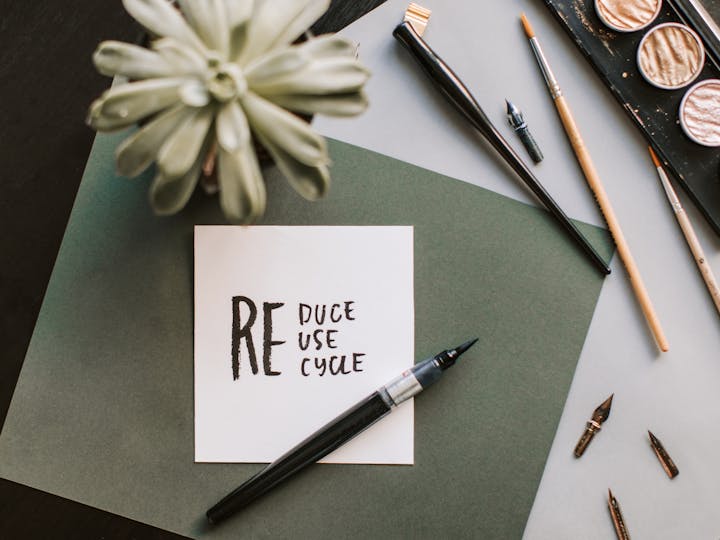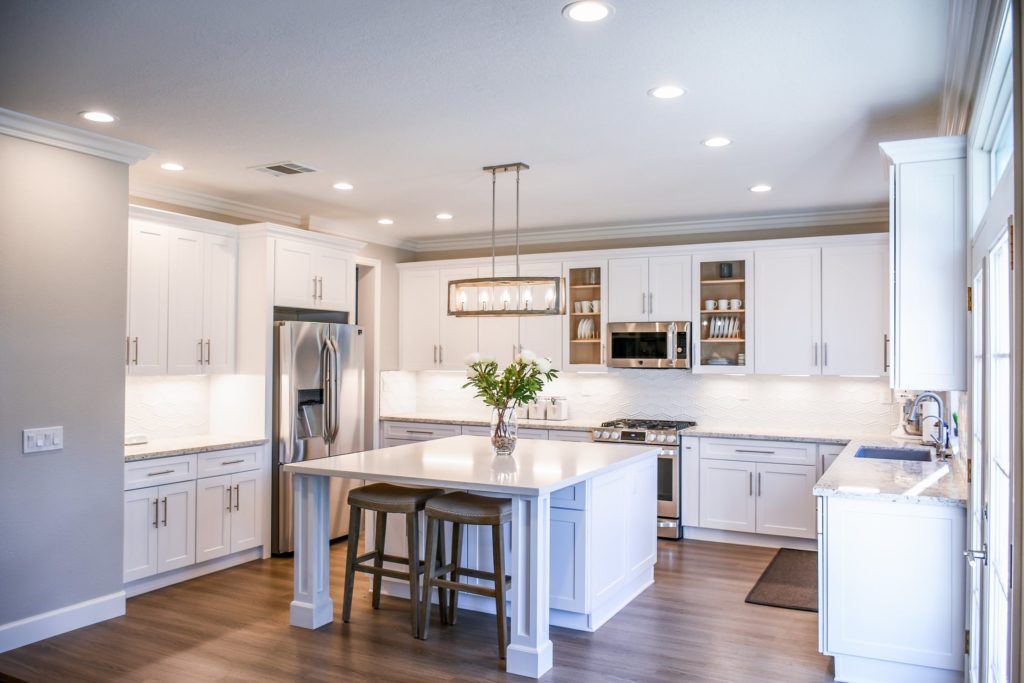According to the Environmental Protection Agency (EPA), showering accounts for nearly 17% of residential indoor water use, adding up to almost 40 gallons per day for the average American family. For sustainability-focused homeowners, there’s a better option than letting all that water go down the drain: a “greywater-ready” bathroom designed from the start to capture and reuse water safely.
This guide covers the essential safety and design considerations required when planning a bathroom that can reuse water for non-drinkable purposes such as flushing toilets and watering your garden.
What Is Greywater?
When planning a greywater-ready bathroom, it is important to distinguish between the two types of wastewater your home produces:
- Greywater: This is the gently used water from your bathroom sinks, showers, tubs, and washing machines.
- Blackwater: This is wastewater from toilets or kitchen sinks. It is not suitable for simple reuse because it contains contaminants such as feces, grease, and food waste that pose health risks.
This distinction is the foundation for designing a system that safely reclaims your home’s greywater.
Planning Your Greywater System
Because greywater contains traces of dirt, hair, and soap, its safe reuse depends on proper planning during a new build or bathroom remodeling project.
The most critical step involves designing a central control point where water from showers and sinks can collect before reaching the main sewer line. At this junction, a licensed plumber must install a three-way diverter valve. This valve is essential for switching the flow to the sewer during system maintenance or when using harsh cleaning products that are not safe for reuse.
Plan the bathroom’s layout and plumbing to enable specific reuse systems:
- For garden irrigation, use gravity to your advantage. Position the bathroom so its drain lines sit physically higher than the garden area, which enables a simple system that avoids the need for a pump. Ensure the plumbing maintains a consistent downward slope of at least 2% (a quarter-inch drop per horizontal foot) to feed systems like a branched drain. This type of low-tech, gravity-fed system is highly reliable and requires very little maintenance once installed.
- For toilet flushing, plan for an integrated fixture like a combination toilet-and-sink unit. This system captures water from hand-washing and teeth-brushing to fill the tank for the next flush. A key advantage is its simple installation, as it uses the same behind-the-wall pipe layout — or “rough-in” — as any standard toilet.
While the technical aspects of planning are important, you must also adhere to key safety and regulatory guidelines:
- Observe local regulations: Consult local building codes before starting any work. Some municipalities have specific rules for greywater use and may require permits or inspections.
- Choose safe products: To protect plants and soil, use only greywater free from harsh chemicals. Avoid soaps and detergents with high levels of salt, boron, or bleach. A long-term buildup of sodium, for example, can damage the soil structure and harm your plants.
- Apply irrigation water correctly: Your system must deliver water directly into the soil. Never spray greywater, and do not use it on the above-ground parts of plants or on root crops you plan to eat raw. In addition, do not allow greywater to form pools or ponds in your garden, as this can create a breeding ground for mosquitoes. Furthermore, the nutrients in stored greywater can break down, creating bad odors and unsanitary conditions.
Properly managing these regulatory and safety details is the final step in creating a truly effective and beneficial water reuse system.
Conclusion
A bathroom’s plumbing doesn’t have to be a one-way street to the sewer. Thinking about water conservation from the initial design phase transforms the entire plumbing system into a powerful tool for resource management.
A simple, forward-thinking modification like installing a diverter valve gives you complete control over your home’s water flow. This single decision helps lower utility bills and better prepares your home for future droughts by turning waste into a valuable resource.
This proactive approach results in a home that doesn’t just consume resources — it intelligently recycles them. You take a meaningful step toward genuine environmental stewardship while creating a more self-sufficient home.
AUTHOR BIO: Davis Glassberg is the Product Manager at Bath Concepts, which transforms bathrooms into spa-like, dream retreats. Glassberg is in charge of training and developing innovative new products for the bath industry. Glassberg has been actively involved in acrylic bathroom remodeling for over three decades. During that period, he has designed over 40,000 bathrooms and trained more than 10,000 design consultants across the U.S.




